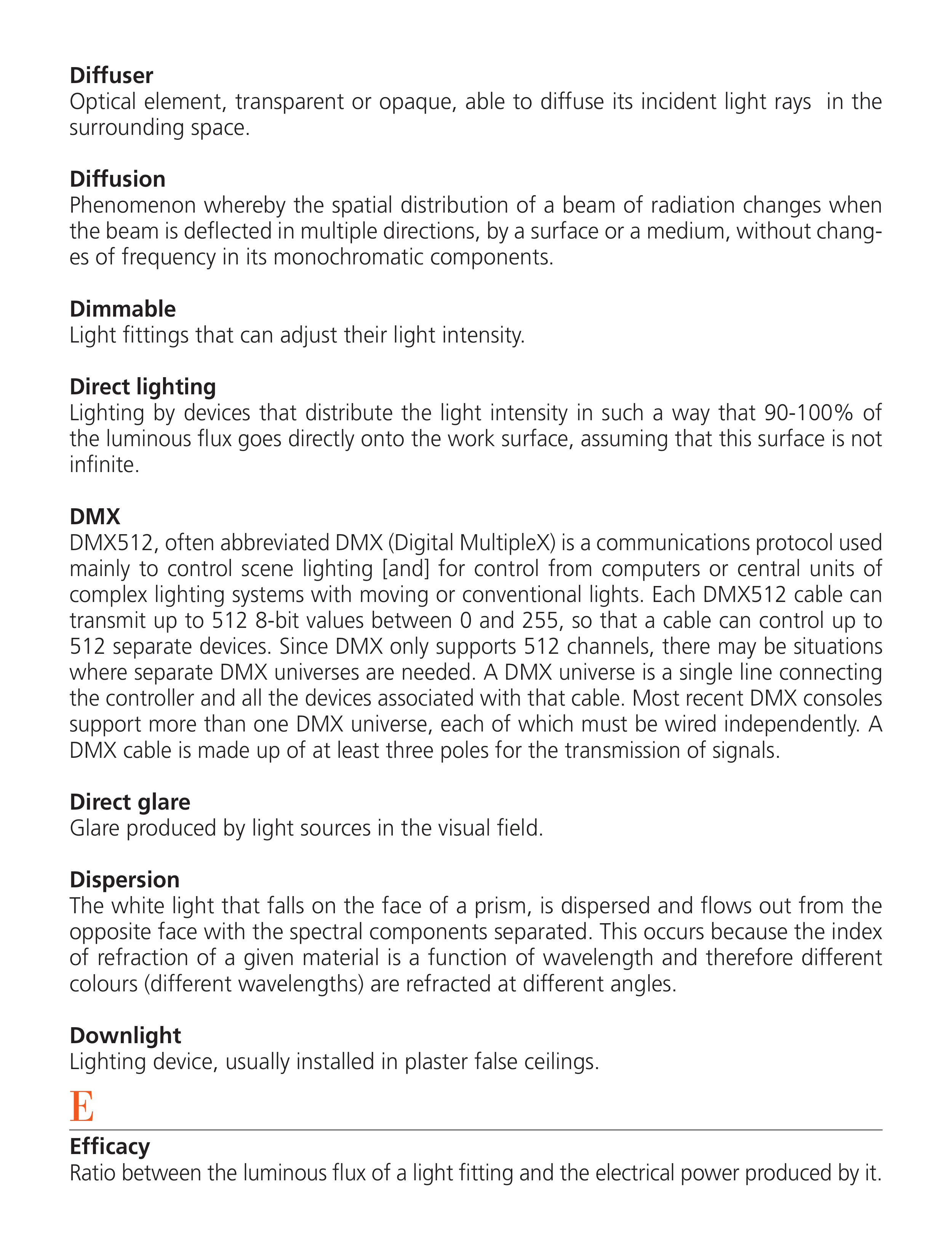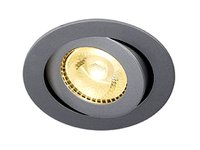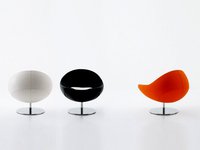Diffuser
Optical element, transparent or opaque, able to diffuse its incident light rays in the
surrounding space.
Diffusion
Phenomenon whereby the spatial distribution of a beam of radiation changes when
the beam is deflected in multiple directions, by a surface or a medium, without chang-
es of frequency in its monochromatic components.
Dimmable
Light fittings that can adjust their light intensity.
Direct lighting
Lighting by devices that distribute the light intensity in such a way that 90-100% of
the luminous flux goes directly onto the work surface, assuming that this surface is not
infinite.
DMX
DMX512, often abbreviated DMX (Digital MultipleX) is a communications protocol used
mainly to control scene lighting [and] for control from computers or central units of
complex lighting systems with moving or conventional lights. Each DMX512 cable can
transmit up to 512 8-bit values between 0 and 255, so that a cable can control up to
512 separate devices. Since DMX only supports 512 channels, there may be situations
where separate DMX universes are needed. A DMX universe is a single line connecting
the controller and all the devices associated with that cable. Most recent DMX consoles
support more than one DMX universe, each of which must be wired independently. A
DMX cable is made up of at least three poles for the transmission of signals.
Direct glare
Glare produced by light sources in the visual field.
Dispersion
The white light that falls on the face of a prism, is dispersed and flows out from the
opposite face with the spectral components separated. This occurs because the index
of refraction of a given material is a function of wavelength and therefore different
colours (different wavelengths) are refracted at different angles.
Downlight
Lighting device, usually installed in plaster false ceilings.
E
Efficacy
Ratio between the luminous flux of a light fitting and the electrical power produced by it.







